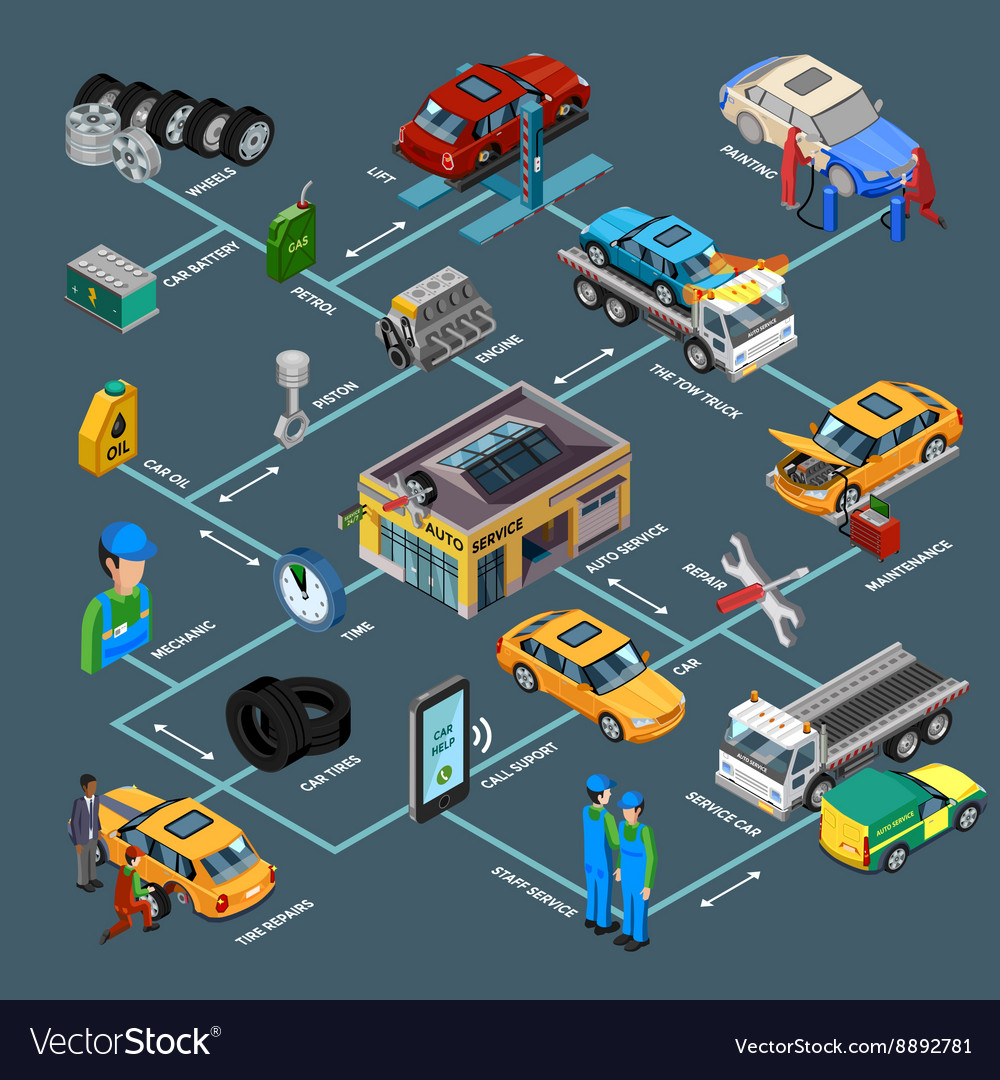Comprehending The Relevance Of Your Vehicle'S Warning Signals: What They Actually Stand For
Comprehending The Relevance Of Your Vehicle'S Warning Signals: What They Actually Stand For
Blog Article
Short Article Writer-Faulkner Dalgaard
When you lag the wheel, those beautiful caution lights on your dashboard can be a bit complicated. Do you recognize what they're trying to tell you about your automobile's health? Recognizing the importance of these lights is crucial for your security and the durability of your lorry. So, the following time one of those lights turns up, wouldn't you want to decipher its message properly and take the required steps to address it?
Common Warning Lights and Interpretations
Determine common caution lights in your car and comprehend their definitions to guarantee safe driving.
The most common caution lights consist of the check engine light, which indicates concerns with the engine or discharges system. If this light comes on, it's critical to have your vehicle examined without delay.
The oil stress alerting light indicates low oil stress, needing instant focus to avoid engine damage.
A blinking battery light might recommend a malfunctioning charging system, potentially leaving you stranded otherwise resolved.
The tire stress surveillance system (TPMS) light signals you to reduced tire stress, influencing lorry stability and gas effectiveness. Disregarding this might result in unsafe driving conditions.
The abdominal muscle light suggests a problem with the anti-lock braking system, compromising your ability to stop swiftly in emergency situations.
Lastly, the coolant temperature advising light warns of engine getting too hot, which can result in severe damage if not fixed quickly.
Understanding these common warning lights will certainly help you attend to problems promptly and keep risk-free driving problems.
Relevance of Prompt Attention
Recognizing the typical caution lights in your auto is just the very first step; the value of immediately addressing these cautions can't be highlighted sufficient to guarantee your safety when driving.
When a caution light brightens on your dashboard, it's your cars and truck's way of interacting a prospective problem that needs interest. Neglecting these cautions can bring about much more extreme problems later on, compromising your safety and possibly costing you extra out of commission.
Prompt interest to alerting lights can prevent break downs and crashes. For cardeepcleaning , a flashing check engine light might indicate a misfire that, if left unattended, could trigger damages to the catalytic converter. Resolving this quickly can conserve you from a pricey repair service.
Similarly, a brake system alerting light could signify reduced brake liquid or worn brake pads, vital elements for your safety when driving.
DIY Troubleshooting Tips
If you see a warning light on your control panel, there are a few DIY troubleshooting ideas you can attempt prior to looking for professional help.
The first step is to consult your auto's manual to recognize what the certain warning light indicates. Sometimes boat detailing service can be as basic as a loose gas cap triggering the check engine light. Tightening the gas cap might resolve the problem.
An additional typical issue is a reduced battery, which can set off numerous alerting lights. Examining https://www.moneytalksnews.com/5-tips-to-maximize-your-credit-card-points/ for deterioration and ensuring they're safe may fix the trouble.
If a warning light lingers, you can attempt resetting it by disconnecting the cars and truck's battery for a few mins and after that reconnecting it. Furthermore, examining your vehicle's fluid degrees, such as oil, coolant, and brake liquid, can help troubleshoot alerting lights associated with these systems.
Verdict
Finally, understanding your vehicle's warning lights is essential for maintaining your car running efficiently and safely. By promptly resolving these signals and knowing what they imply, you can prevent pricey repairs and potential malfunctions.
Bear in mind to consult your cars and truck's handbook for particular details on each cautioning light and take action as necessary to guarantee a trouble-free driving experience.
Stay educated, remain risk-free when driving!
